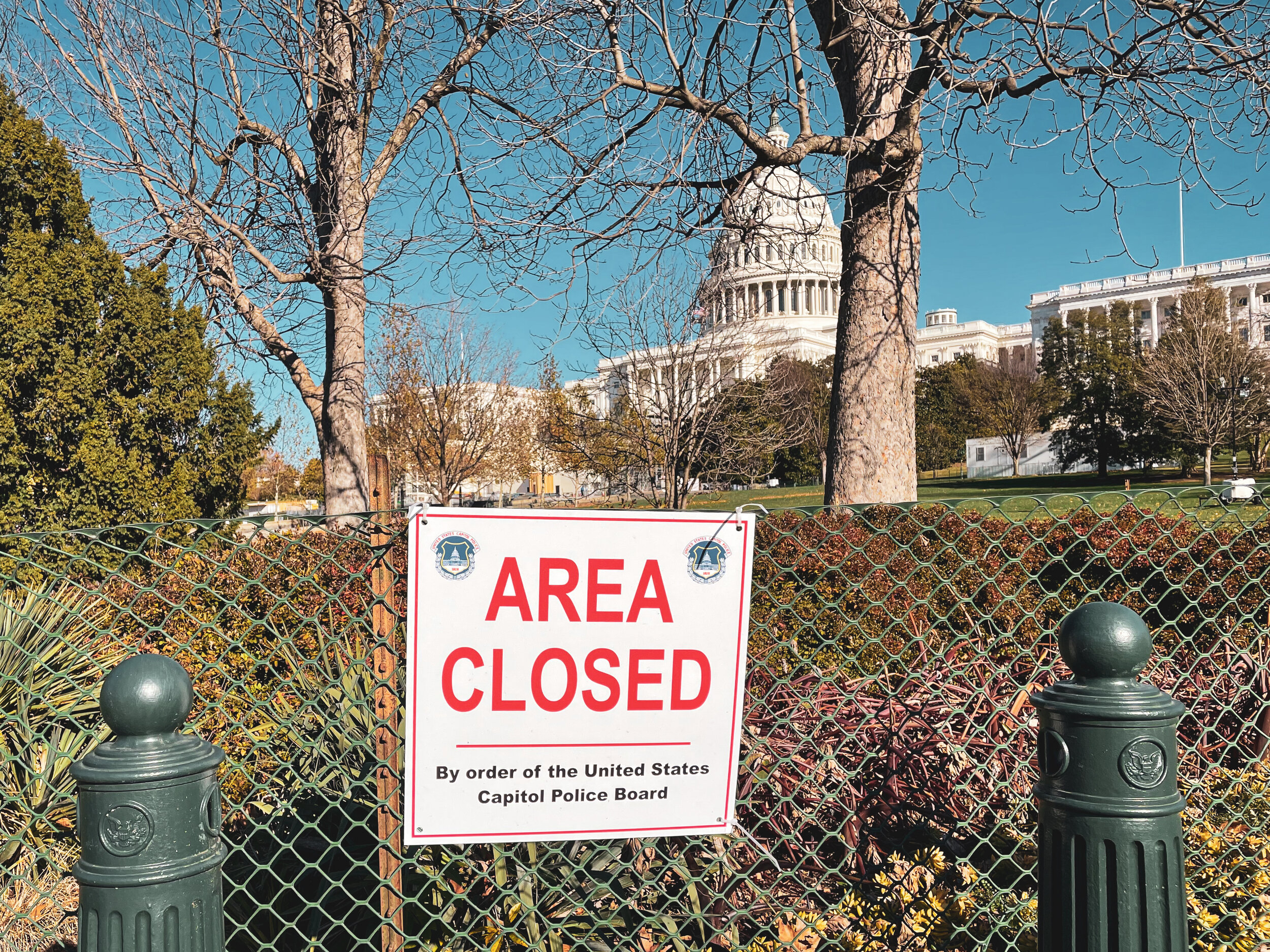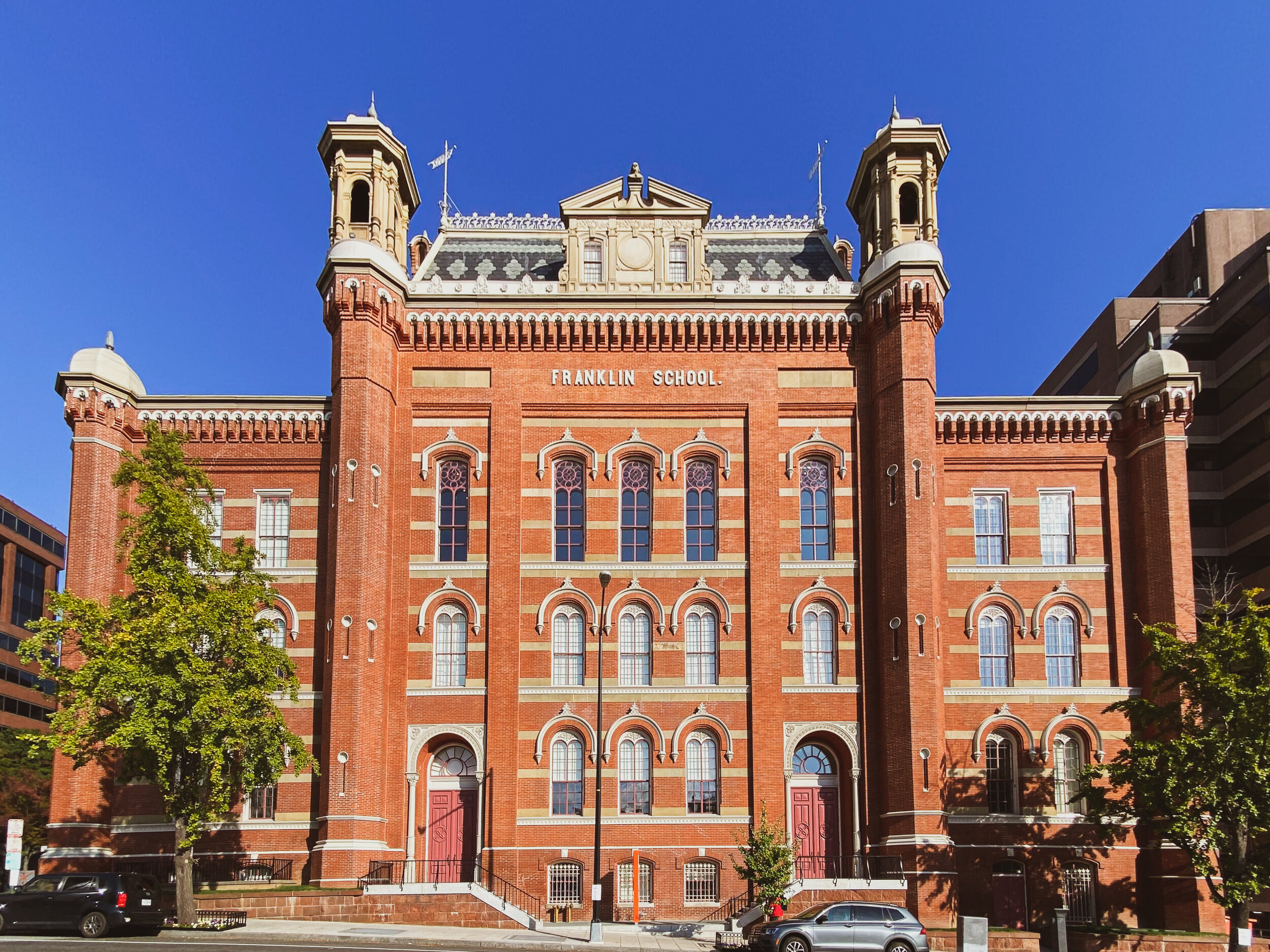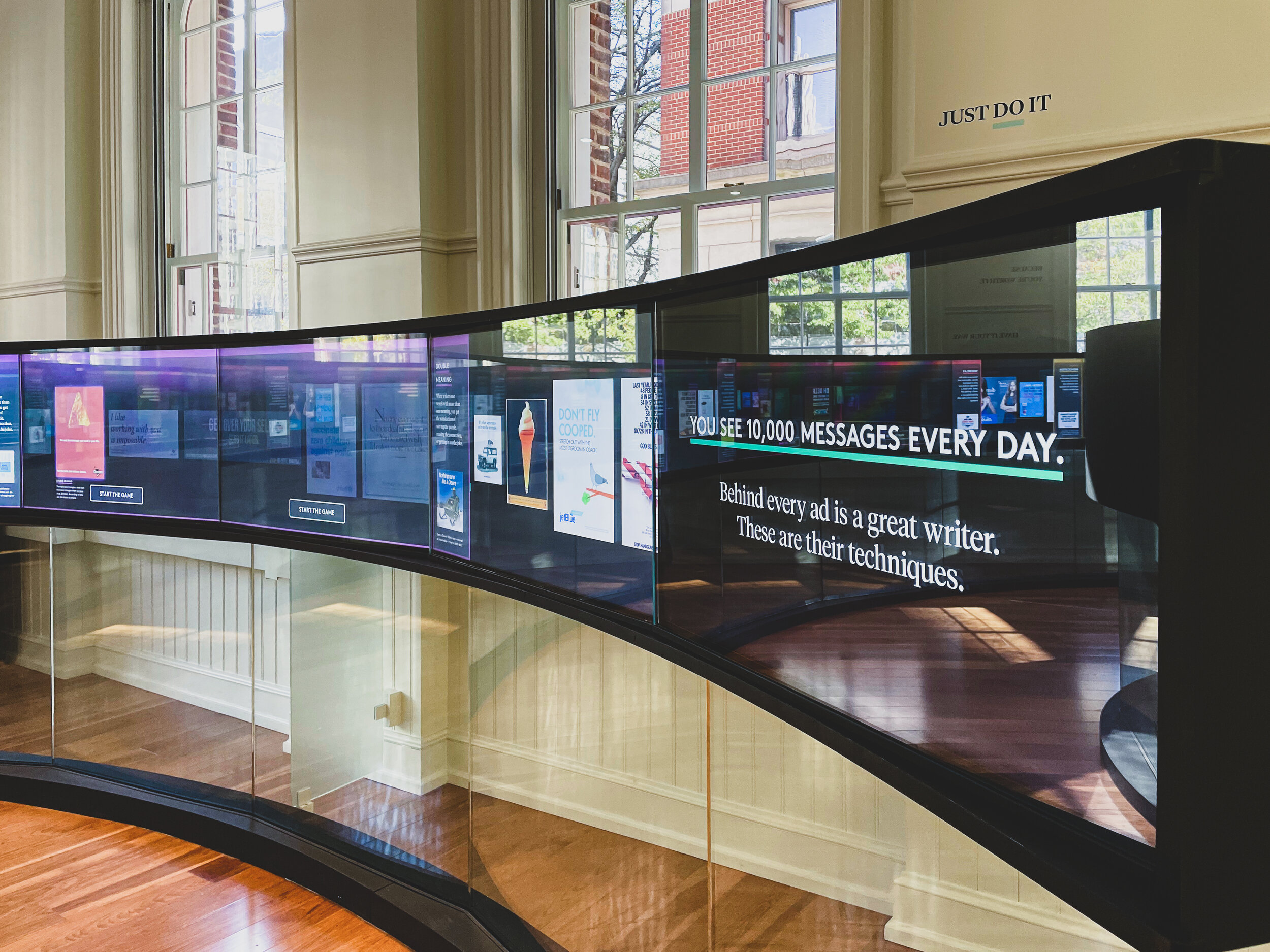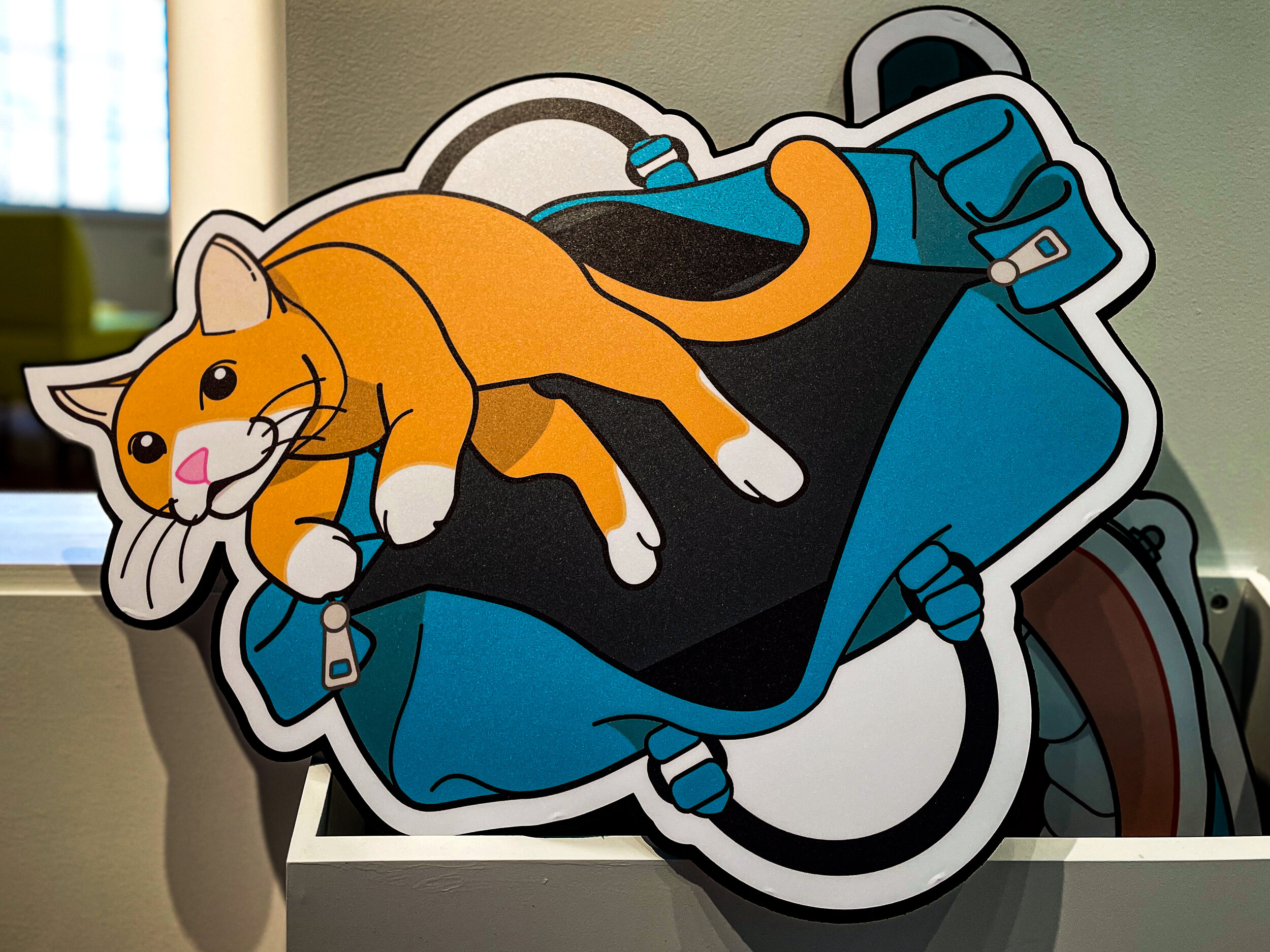In 2005, Ethiopian-American business owners partnered with the Ethiopian American Constituency Foundation to petition the DC government to designate a portion of 9th Street NW as “Little Ethiopia.” At the time, the proposal had some community support and fledgling support of Ward 1 Council Member Jim Graham. However, the proposal never progressed beyond that and the designation was not followed up on in any substantial way. Fifteen years later, in somewhat of a surprise, the Council of the District of Columbia approved a Ceremonial Resolution declaring the area around 9th and U Streets NW as Little Ethiopia. A press conference was held at the intersection of 9th and U NW in late December 2020 to mark the occasion.
The Ethiopian-U.S. relationship is over a century old, kicking off with officials meetings during the Theadore Roosevelt administration. In the mid-century period, Emperor Haile Selassie was friendly with President Dwight Eisenhower’s administration and he became the first Ethiopian Emperor to visit the White House. Selassie was also friendly with Kennedy and was the only head of state from an African nation to attend JFK’s funeral.
Strengthening diplomatic ties and growing cultural influences, including U.S. music and pop culture, led many Ethiopian study abroad students to attend university in the states. DC was a popular destination because it was a prominent majority Black city, it was home to the Ethiopian Embassy, and Howard University was highly regarded as a top historically Black university.
Another interesting factor was related to DC itself being the capital of the United States. In Ethiopia, students from outer provinces looking to further their education, training, and job opportunities chose to relocate to Addis Ababa, the national capital. The idea that the capital was home to more opportunity was transferred to the U.S. capital. Most students never intended to stay, but the 1974 Ethiopian Revolution and civil war increased permanent immigration form Ethiopia, and later Eritrea.
In DC, the community settled around Columbia Heights and 18th Street in Adams Morgan, later moving south to 9th Street NW between T and U Streets. This neighborhood is adjacent to the historically Black Shaw neighborhood and the area formerly known as Black Broadway. Most visitors associate the Ethiopian presence in DC with restaurants, night clubs, or other retail markers. There are some markers remaining, just not as many. In the late 90s, there were upwards of a dozen Ethiopian restaurants on or around 9th St NW between T and U, not counting others on 18th Street in Adams Morgan. Since the introduction of the Metro/subway in this neighborhood (1991 & 1999), the Ethiopian and Eritrean communities have shifted to the suburbs, specifically Silver Spring, MD and Arlington, VA.
More recently the U.S. Census put the 2017 DC metro area Ethiopian population at 37,924, while a 2014 Migration Policy Institute put the number at 35,000.
The 2020 Resolution does designate the area as “Little Ethiopia,” as in the present tense, but it also documents the historic nature of the relationship between the Ethiopia and the U.S. offering a broader scope to the designation beyond a few street signs. Read the full Resolution here and see the signage at the northwest corner of 9th and U NW, near the Nellie’s sports bar.
